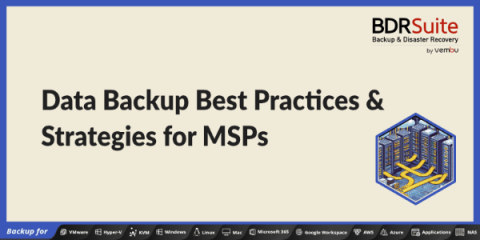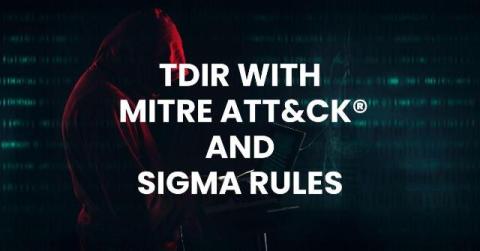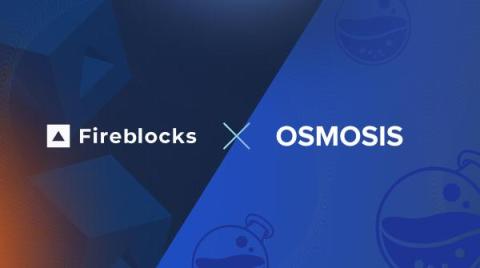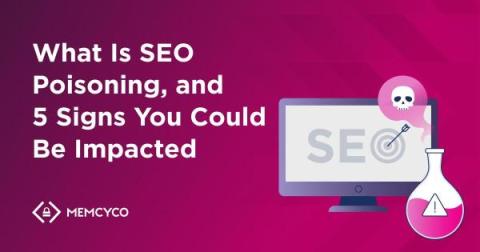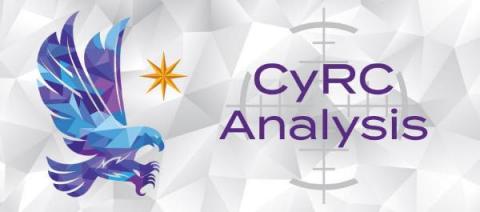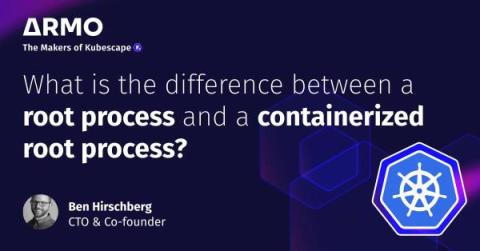Data Backup Best Practices and Strategies for MSPs
Managing data effectively has never been more of an imperative for Managed Service Providers (MSPs). The one-two punch of increasing cybersecurity threats and regulatory pressures make this particularly pertinent, and with the proliferation of hybrid and remote work models, the importance of reliable data backup solutions is expanding exponentially. With all that taken into account, here are some effective strategies that will deliver continuity and resilience, while in turn maintaining client trust.


